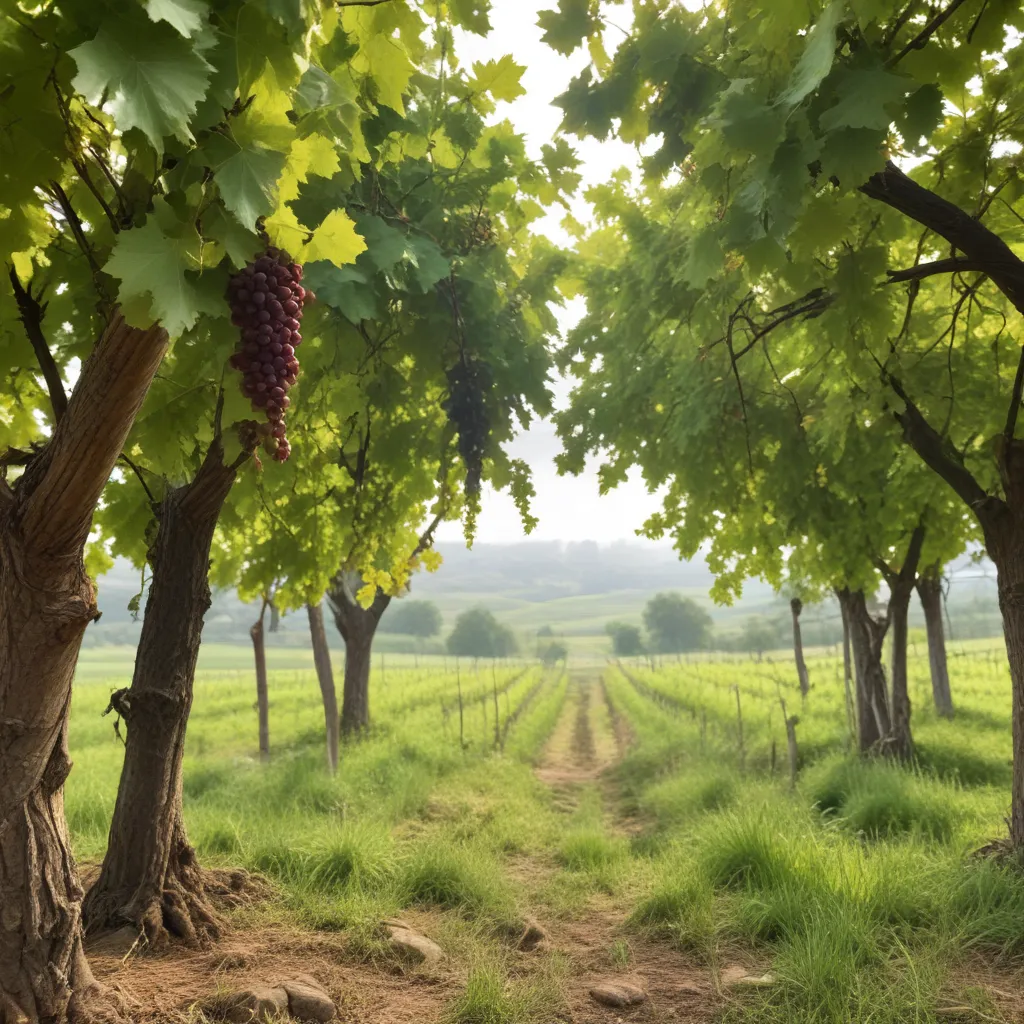
Uncovering the Secrets of Vintage Variation: How Weather Shapes Wine
As a hospitality and wine expert at the Wine Garden Inn, I’m thrilled to share my insights on the fascinating topic of vintage variation. For wine enthusiasts, there’s nothing quite like the journey of discovering how a wine’s character evolves over the years. Through the captivating lens of vertical tasting, we can unravel the intricate interplay between nature’s elements and the winemaker’s craft.
At the heart of this exploration lies the influence of weather. Each year, Mother Nature presents winemakers with a unique set of challenges and opportunities, shaping the personality of the vintage. From temperature fluctuations to precipitation patterns, the climatic factors at play leave an indelible mark on the grapes, and ultimately, the wine.
Climatic Factors
Temperature Variations play a crucial role in determining the maturity and flavor profile of the grapes. Cooler growing seasons can result in higher acidity, more vibrant fruit notes, and a lighter, more elegant structure, while warmer years often yield riper, more concentrated flavors and a fuller, more robust mouthfeel.
Equally impactful are Precipitation Patterns. Periods of heavy rainfall can dilute the grapes, leading to lower sugar levels and a more subdued expression of the varietal. Conversely, drought conditions can stress the vines, concentrating the flavors and producing more intense, structured wines.
The third key climatic factor is Sunlight Exposure. Adequate sunlight is essential for the grapes to develop their full potential, influencing the synthesis of sugars, acids, and aromatic compounds. Overcast skies or shaded canopies can result in underwhelming fruit character, while consistent sunshine can help unlock a wine’s vibrant, fruit-forward personality.
Terroir and Microclimate
But the story doesn’t end there. The unique Terroir of a vineyard, including its Soil Composition, Slope and Elevation, and Vineyard Orientation, also plays a crucial role in shaping the character of the wine.
Soils rich in minerals, such as chalk or limestone, can impart a distinctive minerality, while clay-heavy soils tend to produce more concentrated, structured wines. The slope and elevation of a vineyard can affect the grapes’ exposure to sunlight and air circulation, while the orientation of the vines can influence the intensity of light and heat exposure.
These microclimate factors can sometimes override the broader climatic conditions, creating a tapestry of unique flavor profiles even within the same region or appellation. This is where the winemaker’s intimate knowledge of their terroir becomes invaluable, as they navigate the nuances of each vintage to craft their signature style.
Vintage Characteristics
The interplay of climate and terroir results in a fascinating array of vintage characteristics, each with its own unique personality. Grape Maturity, reflected in sugar content and acidity levels, is a primary marker of a vintage’s quality and style.
In a cooler year, the grapes may struggle to reach full Sugar Ripeness, leading to a more restrained, tart, and austere wine. Conversely, a warmer vintage can produce grapes with elevated Sugar Levels, resulting in a richer, more opulent mouthfeel and a more pronounced fruit expression.
Acidity, on the other hand, is the backbone that lends balance and longevity to a wine. Acidity Levels can vary dramatically based on the climate, with cooler years often producing wines with a brighter, more vibrant acidity, and warmer years yielding a softer, more rounded profile.
These differences in Flavor and Aroma Profiles are what make vertical tastings so captivating. One vintage may showcase the pure, pristine varietal Expressions, while another highlights a more complex, layered Vintage Signature that reflects the challenges and triumphs of that particular growing season.
Winemaking Techniques
Of course, the winemaker’s craft also plays a crucial role in shaping the final wine. Decisions made during the Fermentation Process, such as Yeast Selection and Temperature Control, can have a significant impact on the wine’s development.
The choice of Aging and Maturation methods, including the use of Oak Influence and Lees Contact, can further accentuate or mute the vintage’s inherent characteristics, creating a harmonious balance or a more pronounced expression of the year’s unique fingerprint.
Historical Perspectives
Across the world, the appreciation for vintage variation has evolved over time. In the Old World traditions of Europe, Vintage Classification systems have long been established, with certain years celebrated for their exceptional quality and character.
In the New World, a growing number of wine regions are embracing the unique stories that each vintage has to tell, recognizing the value in showcasing the diversity of their terroirs and the winemaker’s adaptability to the ever-changing climatic conditions.
Ultimately, the journey of exploring vintage variation is a testament to the profound connection between the natural world and the art of winemaking. By uncovering the secrets hidden within each bottle, we gain a deeper appreciation for the complex interplay of factors that shape the wines we love.
At the Wine Garden Inn, we are thrilled to share this passion for vintage exploration with our guests. Whether through our estate-grown produce, our gourmet breakfasts crafted with food-wine synergy in mind, or our behind-the-scenes insights into our vineyard’s seasonal management, we strive to provide a truly immersive experience that celebrates the ever-evolving world of wine.
So, the next time you savor a glass of wine, take a moment to ponder the story it has to tell – a story shaped by the whims of nature, the skill of the winemaker, and the passage of time. It’s a captivating tale worth uncovering, sip by delightful sip.
